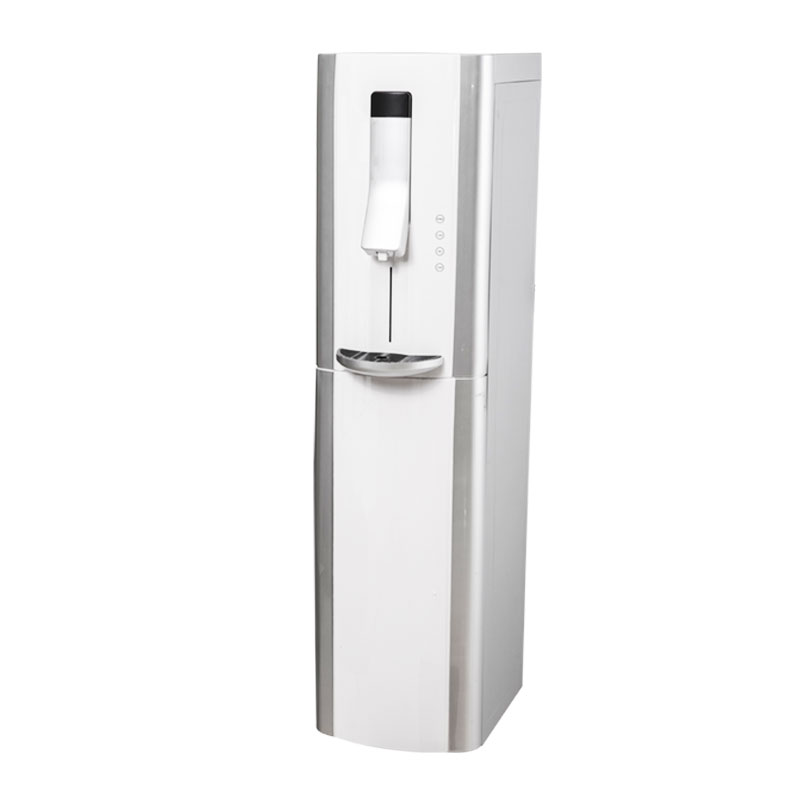As an indispensable drinking water device in modern families and office environments, the replacement of the filter element of the water dispenser is an important part of ensuring water quality safety and maintaining equipment performance. Accurately judging the timing of replacing the filter element of the water dispenser requires both professional knowledge and practical experience. The following are some professional analyses of the judgment of filter element replacement.
Changes in water output and water quality
Observing the water output and water quality changes of the water dispenser is an intuitive way to judge whether the filter element needs to be replaced. When the water output of the water dispenser drops significantly, especially when the water temperature and water pressure remain stable, this is usually an obvious sign of filter element blockage. The filter element may cause water flow obstruction due to the accumulation of a large amount of impurities (such as mud, rust, etc.). At the same time, if the taste of the purified water decreases, or even has a strange smell or color, this also indicates that the filtering function of the filter element may have weakened. Especially for activated carbon filters, when they are saturated, they cannot effectively absorb the strange color, odor and residual chlorine in the water, which directly leads to a decline in water quality.
TDS water quality test
In order to more accurately evaluate the water quality, it is recommended to use a TDS (Total Dissolved Solids) water quality tester. The TDS value can reflect the total amount of dissolved solids in the water, including minerals, salts and organic matter. When the filtering effect of the filter element weakens, the TDS value will rise accordingly, indicating an increase in impurities in the water. By regularly monitoring the TDS value, it is possible to promptly detect whether the filtering effect of the filter element is affected, thereby determining whether it needs to be replaced.
Observation of the appearance and color of the filter element
For visual filter elements (such as PP cotton filter elements), directly observing their appearance and color changes is also an effective way to judge. When the color of the filter element turns yellow, black, or dirt appears on the surface, this indicates that the degree of contamination of the filter element is already quite serious and needs to be replaced immediately. At this time, a large amount of impurities may have accumulated inside the filter element, which not only significantly reduces the filtering effect, but also may become a breeding ground for bacteria, thereby causing secondary pollution to the water quality.
Service life and replacement cycle of the filter element
In addition to the above intuitive judgment method, the service life and replacement cycle of the reference filter element are also important considerations. There are significant differences in the service life of filter elements made of different materials. Generally speaking, it is recommended to replace PP cotton filter elements every 3 to 6 months, the replacement cycle of activated carbon filter elements is 6 to 18 months, and the service life of ultrafiltration membranes and RO reverse osmosis membranes can reach 12 to 24 months and 18 to 36 months respectively. However, these times are only for reference, and the actual replacement cycle needs to be comprehensively evaluated in combination with factors such as water quality, water consumption, and equipment maintenance. In the case of poor water quality or high water consumption, the replacement frequency of the filter element may need to be shortened accordingly.











